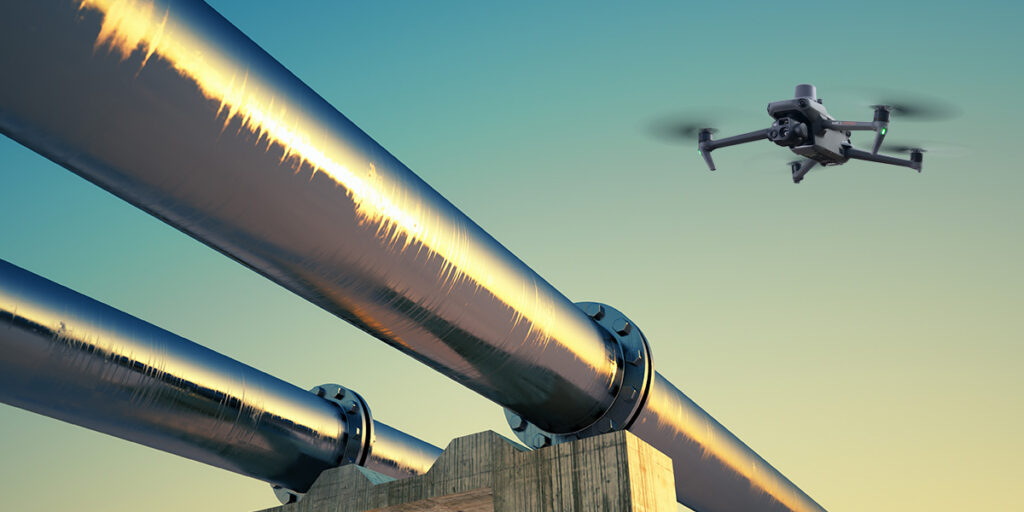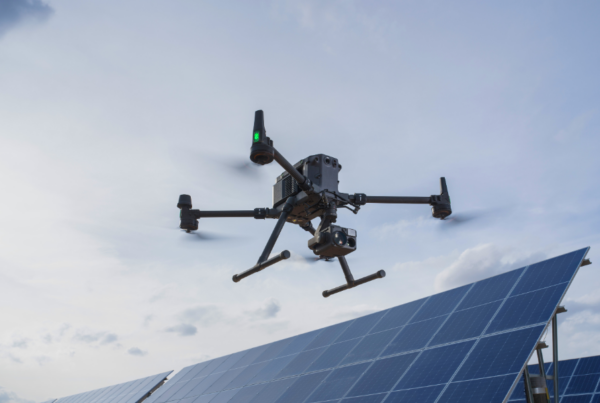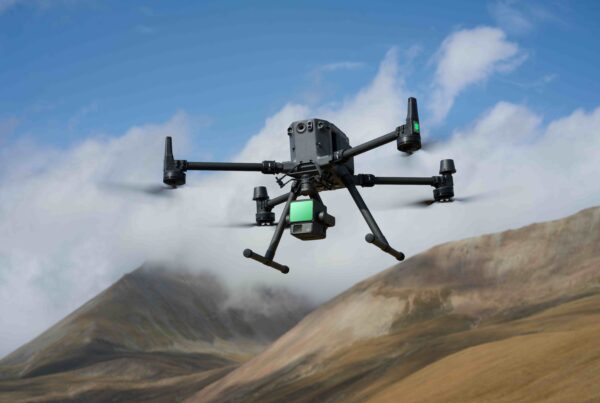In the oil and gas industry, where vast and often remote infrastructure spans across challenging terrains, drone technology has emerged as a transformative force. Drones, equipped with advanced sensors and imaging capabilities, offer unparalleled access to critical assets such as pipelines, refineries, and offshore platforms. With their ability to fly into areas inaccessible to humans and traditional inspection methods, drones provide real-time data collection, monitoring, and analysis, enabling proactive maintenance and swift response to potential hazards.
Moreover, drones significantly enhance safety by reducing the need for personnel to enter hazardous environments for inspections. By minimizing human exposure to risks associated with confined spaces, extreme temperatures, and heights, drones not only mitigate safety concerns but also optimize operational efficiency and reduce downtime. Additionally, the high-resolution imagery and data captured by drones enable engineers and analysts to identify defects, leaks, and structural issues with precision, facilitating timely interventions and preventive maintenance strategies. As a result, the integration of drone technology in the oil and gas industry not only improves asset integrity and reliability but also drives cost savings, environmental sustainability, and operational excellence.
However, while the benefits of drone technology in oil and gas inspections are undeniable, achieving success requires careful planning, strategic implementation, and ongoing refinement. In this article, we’ll explore essential tips for optimizing drone inspections in the oil and gas industry to unlock the full potential of drone technology. Read along to learn more.

Strategic Program Implementation
Implementing a successful drone inspection program begins with strategic planning and clear objectives. Define the scope of inspections, identify priority areas, and establish protocols for data collection, analysis, and reporting. By aligning the drone program with organizational goals and operational requirements, you can maximize its impact on asset management, maintenance, and decision-making processes.
Effective program implementation involves establishing robust communication channels and collaboration frameworks across departments and stakeholders. Clear communication of roles, responsibilities, and expectations ensures smooth coordination and integration of drone inspection activities into existing workflows. Additionally, periodic review and evaluation of the drone program’s performance allow for continuous improvement and adaptation to evolving operational needs and technological advancements. By fostering a culture of innovation and accountability, organizations can unleash the full potential of drone technology in enhancing efficiency, safety, and competitiveness in the oil and gas industry.
Comprehensive Team Training
Empowering your team with the necessary skills and expertise is essential for leveraging drone technology effectively. Invest in comprehensive training programs for drone operators, data analysts, and project managers to ensure proficiency in flight operations, data management, and troubleshooting. Continuous education and skill development are key to staying abreast of technological advancements and optimizing the performance of drone inspection teams.
Additionally, it’s crucial to ensure that drone pilots are properly certified and receive on-field training to navigate the complexities of oil and gas inspection environments. Certification programs provide pilots with the necessary knowledge of airspace regulations, safety protocols, and emergency procedures. On-field training, conducted by experienced professionals, exposes pilots to real-world scenarios and operational constraints, allowing them to hone their skills and decision-making abilities in dynamic environments.
Compliance with Regulatory Requirements
Compliance with drone regulations is critical for the safe and lawful operation of drones in the oil and gas industry. Stay informed about relevant rules, obtain necessary certifications, and adhere to operational limitations and safety guidelines. By prioritizing regulatory compliance, you can mitigate risks, avoid legal issues, and maintain the integrity of inspection operations.
The integration of compliance into every aspect of drone operations, from planning and execution to documentation and reporting, allows organizations to build trust with regulatory agencies and stakeholders, fostering a culture of accountability, responsibility, and efficiency.
Collaboration with Experts
Leveraging the expertise of drone specialists can accelerate the learning curve and enhance the success rate of drone inspection programs. Work with experienced professionals who understand the unique challenges and requirements of oil and gas inspections to gain insights, best practices, and technical support. Collaborating with specialists can help overcome obstacles, optimize workflows, and achieve superior results in drone-based inspections.
These experts bring a wealth of experience and technical knowledge to the table, allowing them to design customized solutions that align with organizational objectives and operational requirements. They can recommend the most suitable drone platforms, sensors, and data analytics tools to maximize efficiency and effectiveness. Moreover, they provide guidance on maintenance requirements and milestones, ensuring that drones are properly serviced to maintain optimal performance and reliability throughout their operational lifespan. With their in-depth understanding of industry standards, emerging technologies, and best practices, collaborating with drone specialists empowers organizations to stay at the forefront of innovation and achieve exceptional outcomes in their missions.

Harnessing the power of drone technology in oil and gas inspections requires a strategic approach, continuous learning, regulatory compliance, and collaboration with industry experts. By implementing effective drone inspection programs, investing in team training, adhering to regulatory requirements, and working with specialists, oil and gas companies can unlock new possibilities for enhancing asset integrity, safety, and operational efficiency.
Are you ready to embrace the future of inspection with drones and revolutionize your operations? Connect with one of our drone experts today.




